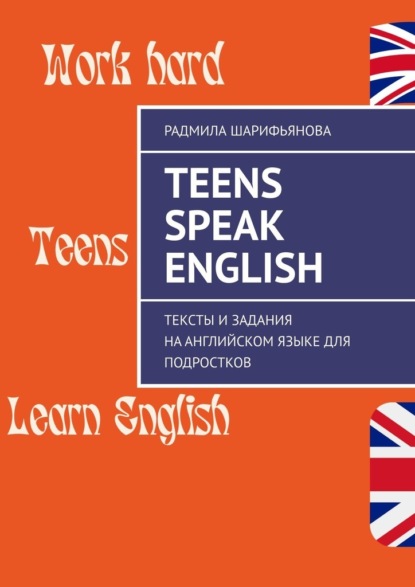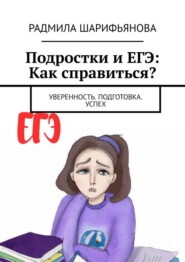По всем вопросам обращайтесь на: info@litportal.ru
(©) 2003-2024.
✖
Teens Speak English. Тексты и задания на английском языке для подростков
Настройки чтения
Размер шрифта
Высота строк
Поля
– Skewed – искаженный
– Perception – восприятие
– Cyberbullying – кибербуллинг
– Prevalent – распространенный
– Consequences – последствия
– Activism – активизм
– Community building – создание сообщества
– Explore – исследовать
Tasks
Beginner Level:
Write five adjectives to describe social media.
Sample answers:
– Popular
– Addictive
– Fun
– Informative
– Engaging
Intermediate Level:
What are the negative effects of social media on teenagers? Give at least three examples.
Sample answer:
The negative effects of social media on teenagers include constant comparison to others, which can lead to feelings of inadequacy and a skewed perception of reality. Cyberbullying is also a prevalent problem on social media platforms, which can have serious consequences for teenagers, including increased levels of anxiety, depression, and suicidal thoughts.
Advanced Level:
What are some potential benefits of social media for teenagers? Explain in detail.
Sample answer:
Social media has the potential to be a positive force in teenagers’ lives by providing a platform for activism and community building. It can help teenagers explore their identities and interests, connect with people who share similar passions, and discover new opportunities. Additionally, social media can provide access to information and resources that may not be available offline, such as mental health support groups or educational content. However, it is important to use social media in a balanced and healthy way to avoid the negative effects that it can sometimes have on mental well-being.
Balancing Extracurricular Activities and Academic Workload for Teenagers
Extracurricular activities are an important part of a teenager’s life, providing opportunities for socialization, skill-building, and personal development. However, balancing these activities with academic workloads can be a challenge.
One factor that contributes to the difficulty of balancing extracurricular activities and academics is time management. Teenagers may struggle to prioritize their commitments and allocate time effectively. This can lead to stress, fatigue, and burnout.
Another issue is overcommitment. Teenagers may feel pressure to participate in multiple extracurricular activities or take on leadership roles within them. While this can provide valuable experiences, it can also lead to a lack of balance and negatively impact academic performance.
Despite these challenges, there are strategies that teenagers can use to find a healthy balance between extracurricular activities and academics. These include prioritizing commitments, setting realistic goals, and seeking support from teachers, parents, or school counselors.
Vocabulary
– Extracurricular activities – внеклассные занятия
– Socialization – социализация
– Skill-building – развитие навыков
– Workload – нагрузка
– Time management – управление временем
– Prioritize – выделять в приоритет
– Allocate – распределять
– Stress – стресс
– Fatigue – усталость
– Burnout – выгорание
– Overcommitment – перегрузка обязательствами
– Leadership roles – лидерские роли
– Valuable – ценный
– Lack of balance – несбалансированность
– Academic performance – учебная успеваемость
– Realistic goals – реалистичные цели
– Support – поддержка
Tasks
Beginner Level:











